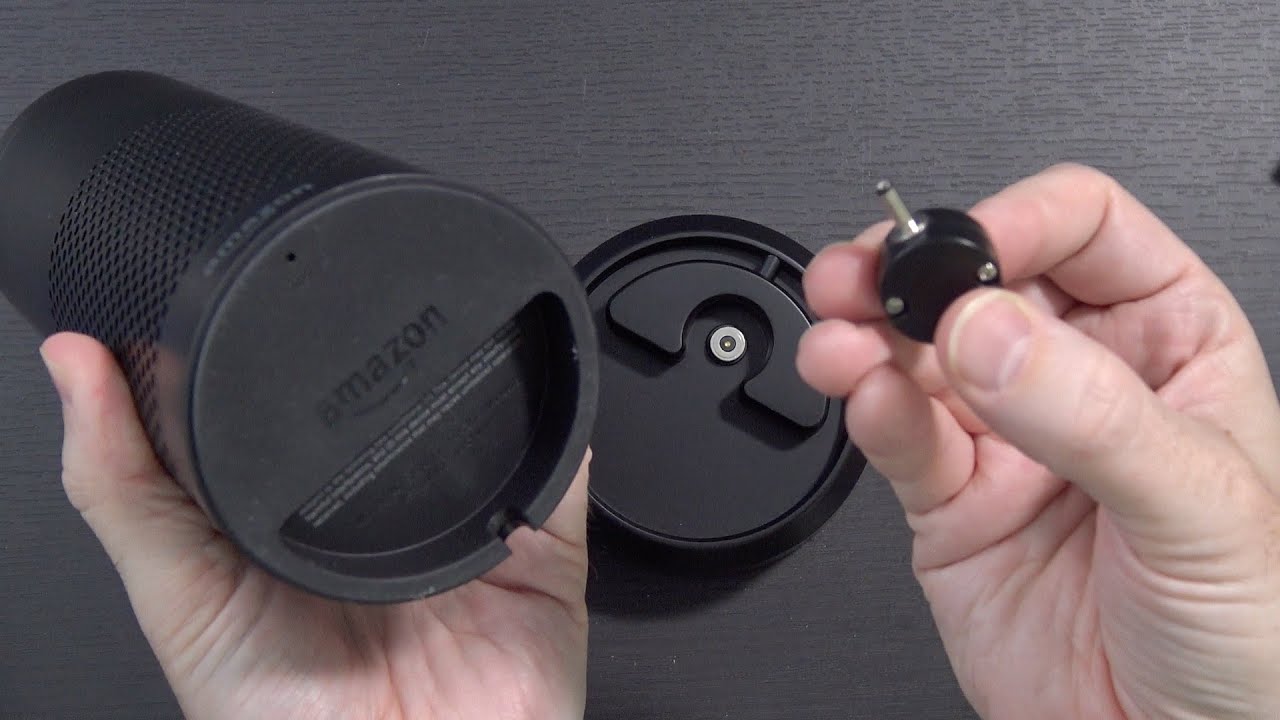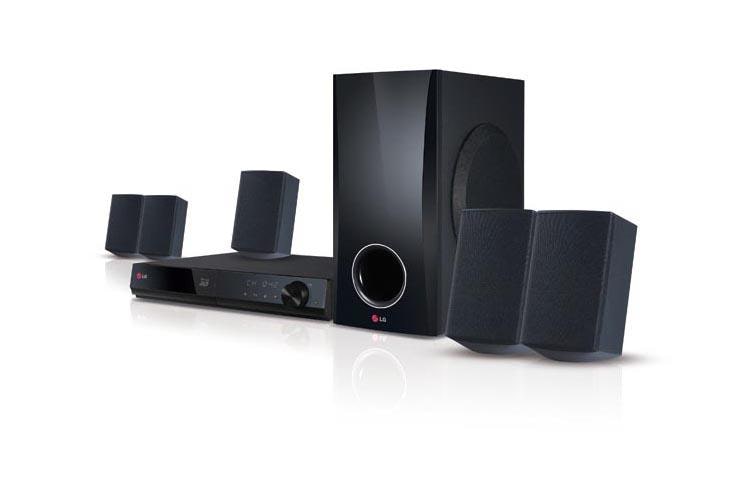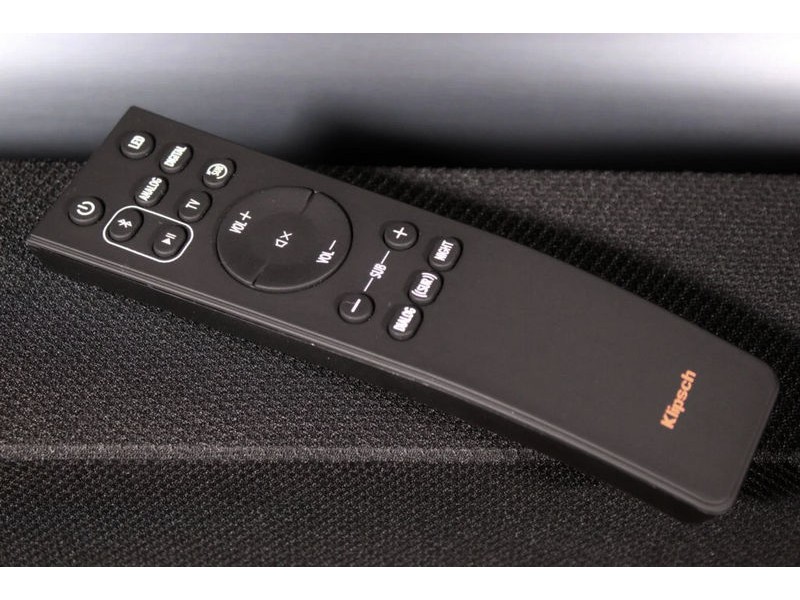
Matter is an industry initiative that aims at making smart home devices easier to use and more interoperable. The Connectivity Standards Alliance (CSA), which developed it, has support from hundreds of manufacturers including Apple, Google and Amazon as well as Samsung, LG and Nanoleaf. Eve, Meross and Wyze are also among them.
The Matter standard allows devices to connect with each other, the Cloud, and the Matter Controller. It allows device designers to develop products that work seamlessly, are secure, reliable, and simple to use.
It also makes it easier to integrate different brands into one ecosystem, removing the need for customers to pick and choose their devices. This reduces confusion around which devices are best suited for each person's home and lifestyle, and simplifies the buying process by simplifying decisions regarding ecosystems and new products.
According to CSA, 190 items are already in certification or certified to support Matter. This number is increasing as more companies join in on the movement. With a host new devices coming from brands like Whirlpool or GE Lighting, Arlo and Comcast, Eve and Yale, it's expected that this number will rise.

Many smart devices for home use Thread, Z-Wave or Zigbee networks. They are compatible with Matter after an update. Others may not be, so it's worth checking with your specific manufacturer to find out if a device is Matter-compatible.
The majority of Thread and Zigbee-compatible devices can be upgraded to Matter with a firmware upgrade. Older Z-Wave devices or Zigbees will need a bridge to work in Matter. Matter should work with the latest Z-Wave, Zigbee, and other devices. However, it's important that you ask your manufacturer for a list if their products are Matter-compatible.
Some of the most exciting Matter-compatible devices include Eve's entire roster of 14 smart speakers, a range of LED light bulbs and lightstrips from Nanoleaf, as well as Philips Hue's new line of smart bulbs, the Hue Dimmer and the Hue Dimmers Plus. They will arrive with an Android app to allow you to control them via other control platforms.
There are also a number of other products on the horizon from brands like GE Lighting, Ikea, and Aqara that have already announced their support for Matter. Aqara's Hub M2 has been announced as a Matter-compatible Hub and will be available January 2023.
Ikea is also working on a new Matter gateway to help customers integrate its smart home devices into the matter ecosystem. It will connect to Ikea's smart lighting products. There are also plans for a variety of smart locks that can be connected to Matter.

These devices will also connect to the Apple Home App, which supports Matter-compatible products. You can also connect them to third-party services like Alexa and Google Assistant.
The Matter Standard was launched officially on November 3, 2018. It is designed to be an industry-wide solution that will simplify the decision making process for consumers when they're shopping for smart home devices. It should reduce the number apps users must download and use in order to achieve their ideal smart-home routines.
FAQ
What is the best wireless speaker system for TV?
The best wireless speakers systems are made for today, and not yesterday. Technology today demands that audio products have better sound quality than previous generations.
The speakers of today are smaller and lighter than ever, more powerful and versatile than ever.
They are also less expensive than ever. If you're looking for a home-theater speaker system, ensure that the performance is within your budget.
Visit an electronics store to hear the products playing music. This is a great way to determine which products are right for you.
Pay particular attention to power output, bass response and clarity when you are evaluating each speaker. These features are vital because they influence how well the speaker system performs across different rooms.
Also, you might consider whether wireless or wired connectivity is better for your needs. Wireless connections eliminate clutter, but they still require additional equipment like a Wi Fi router.
Wireless speakers are generally easier to set-up than wired models. However, they are often less flexible than wired speakers.
If you opt for a wireless model that has a range greater than 20 feet, you will be able to move freely with no interference.
Are 5.1 systems better than soundbars?
The answer is yes and no. It will give users a more immersive home cinema experience. No, because it doesn't mean you'll enjoy watching movies in bed.
An entire room must be dedicated to a home cinema setup. You'll have to invest a lot of money and space to make it happen.
However, there are many other ways to achieve this effect without spending too much time or effort.
It is possible to project images onto walls using a projector-based system instead of directly onto a screen.
You won't need to have a huge TV screen. Instead, you can opt for smaller screens (TVs).
You can also install speakers in the corners of the room. These speakers will let you play music and video without disturbing anyone.
A soundbar can do just about everything. But if you want to immerse yourself in a movie, you'd probably need a full home cinema setup.
How do you set up a home theatre system?
Start with an understanding of how sound travels and how it interacts with objects. This includes knowing how much bass, treble, and midrange frequencies are in any given object.
The best way to determine this is to listen to music on various devices and make a note of which ones produce the most noticeable distortion.
Once you identify the distortion levels, you'll know where speakers to place.
They will generally be closer together which leads to lower distortion and higher fidelity. Keep in mind, however, that their placement will also impact the space between them.
For a more immersive experience you might consider placing multiple speakers in the same room.
You can even go the extra mile to surround yourself with speakers.
There are two main types: active and passive. Passive systems consist primarily of a subwoofer along with a few smaller speakers that are scattered around a house.
Because there are no moving parts, they can be simpler to install. If they are too close together, however, they can easily distort.
Active systems include a large woofer placed directly under a TV screen. These speakers generally reproduce the highest quality sound, but they can cost thousands of dollars, making them impractical for most homes.
You can also buy a receiver to connect passive and active speakers. These receivers are equipped with amplifiers to ensure the audio signal is received evenly by all speakers.
These receivers are expensive, so it might not be worth the cost if your goal is to replace your entire setup.
Whatever type of speaker system that you choose, be sure to properly install it.
Ask someone who does if you don't understand how to do it!
How can I select the right size speaker?
It is best to first assess how much space you have within your home. Are you looking to fill every corner with speakers? Would you rather have a few speakers placed in key areas, or fill every corner with them?
You should also consider what kind of music that you will be listening to. You may need smaller speakers if your preference is classical music. If you are a fan of rock 'n' rolling, larger speakers might be necessary.
Finally, consider whether you want all your speakers to be wired or wireless. Wired speakers transmit power and signals using wires. Wireless speakers don't require cables. They are however not as powerful and reliable as wired models.
What is the best sound system for listening to music?
The Bose QuietComfort 25 headphones have been praised a lot lately. Our Beats headphones are also a favorite of ours and we have used them for many years. Which do you prefer?
How much you spend and what you desire to hear is the key. The Bose QuietComfort may be the best option if money is not an object. The Beats are worth a look if comfort is more important to you.
There are plenty of great options for either situation. Sony WH1000XM3 noise cancelling wireless headphones are extremely popular.
Whatever set you decide to buy, you want the best bang possible. This means you should choose headphones that have a long battery life. Keep in mind that wired headphones will last longer than Bluetooth headphones, which don't require batteries.
Can I use a speaker portable instead of my home theatre system?
Portable speakers can be used for parties or outdoor events. These speakers can also be used to entertain guests in your home.
However, they will not provide the same quality as a dedicated system for home theater. The quality of portable speakers is often poor.
Your portable speakers should be waterproofed if you plan on using them outdoors. You could end up with water damage.
Statistics
- $10 off TurboTax Premier Service code 2022 H&R Block Coupon 20% (wired.com)
- Extra 20% off sitewide - Dyson promo code 2022 (wired.com)
- Amazon is likely to release new models very soon (there is an event on September 28), so you should wait until that event is over to buy. (wired.com)
- free shipping Samsung Promo Code Take 45% off with a Samsung promo code during Black Friday (wired.com)
- According to a study released In March 2020, the six biggest tech development companies, Proceedings of the National Academy of Sciences of the United States of America (en.wikipedia.org)
External Links
How To
How do wireless speakers gain power?
There are two types of wireless speakers: plug-in or battery-powered. Both need an external power source. Because they are usually connected to a wall socket, powering them is very easy. However, it is important to plan ahead for wireless power.
Wireless speaker systems typically rely on batteries or solar panels to provide power. These devices can only operate within a limited range so they must be near a charging station. The device will cease to function if you move it from its charging station.
Rechargeable batteries are the best option to solve this problem. These devices can last longer than standard batteries, and they are much easier to set up.
This setup allows you to position your equipment anywhere you want. For example, you could set up your system next to your bed and listen to music while you fall asleep. You could also mount your speakers underneath your kitchen cabinets to play music while you prepare dinner.
Plan how long each component takes to charge. This will ensure that your system runs smoothly. It may take 3 hours for your amplifier to fully charge while charging your Bluetooth receiver could take only 30 minutes. It is important to account for any downtime.
A combination of wired and wireless components can be used. A wireless transmitter can be used to move your speakers around your home.
It is a good idea to purchase products that are compatible. For example, consider buying an amplifier and Bluetooth receiver simultaneously. For optimal performance, they should fit in the same slot.